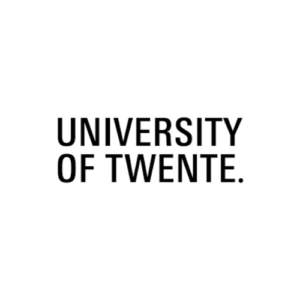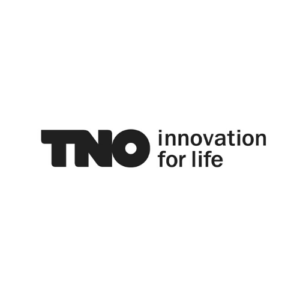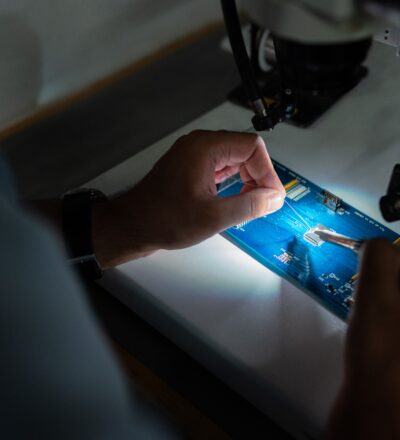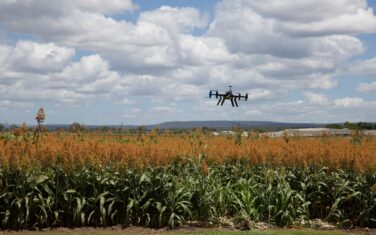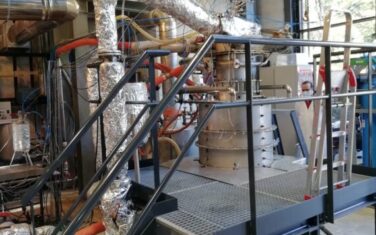The Radial Multi-zone Dryer (RMD) is a new type of spray dryer which combines low Capex, low Opex, premium product properties and low specific energy consumption. By applying Radial Multi-Zone Drying on milk powder, we can gain a better a understanding of process issues and design a conceptual pilot plant.
In short:
- Radial Multi-zone Dryer (RMD) is a new type of spray dryer with short residence time reaching high temperatures
- This trajectory yields better product properties than powder produced in conventional spray dryers
- The RMZD project aims at getting an understanding of these phenomena by combining experimental research, CFD modelling and energy optimization scenarios
RMD – New type of spray drying
The RMD is an intensified spray drying technology which combines a very short residence time in a central zone with high- temperature injection with rapid transfer to a peripheral zone with mild-temperature injection. This trajectory yields better product properties than powder produced in conventional spray dryers.
Furthermore, high temperature drying improves energy efficiency, thus reducing the specific energy consumption of drying and so the carbon footprint of dried (dairy and other) products. Improved product properties relates to e.g. nutritional value (mild processing) as well as to functionality (e.g. solubility) of the product. Due to intensified drying, the size, viz. footprint, of the dryer will be smaller than of conventional spray dryers, thus reducing investments in equipment, building and operation. In addition, centrifugal forces in the dryer efficiently separate powder particles from the drying air, meaning integration of particles separation in the dryer chamber and so further reduced investments in equipment to separate particles from the drying air downstream of the dryer.
Milk powder as model system
During research to the fundamentals of a vortex chamber dryer the concept of a new drying technology, the so-called radial multi-zone dryer (RMD), has been defined, tested and patented. The technology was extensively studied on a small lab scale dryer and Computation Fluid Dynamics (CFD) models were developed. Despite the fact that the principle of the technology has been proven on this small scale many fundamental questions remain that have to be answered to come to a working prototype. It concerns questions with respect to control of product quality, specific energy consumption, particle trajectories in relation to drying properties, wall contamination and fouling of the atomization nozzle.
The RMD project aims at getting an understanding of these phenomena by combining experimental research, CFD modelling and energy optimization scenarios. Milk powder has been selected as a model system. Product properties will be carefully analyzed and compared with those obtained with a reference drying technology.
Towards a conceptual pilot plant design
One of the deliverables will be a conceptual pilot plant design (e.g. 500 kg/hour water evaporation capacity) which meets the requirements with regards to capital investment, operational costs, product quality and energy efficiency. Finally, collaboration with an equipment manufacturer will be initiated in preparation of the design and construction of a pilot plant unit.
You might also be interested in
Acknowledgement & partners
This project is co-funded by TKI-E&I with the supplementary grant 'TKI- Toeslag' for Topconsortia for Knowledge and Innovation (TKI’s) of the Ministry of Economic Affairs and Climate Policy.
